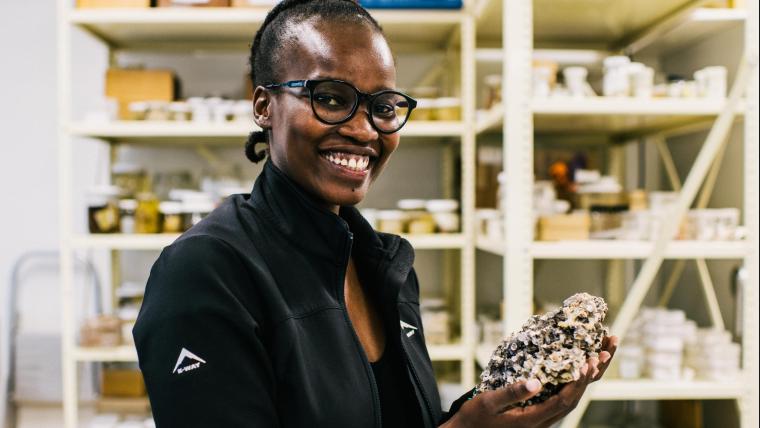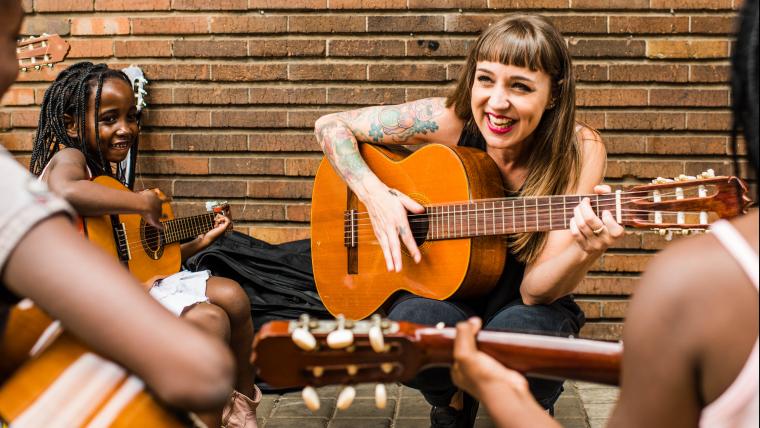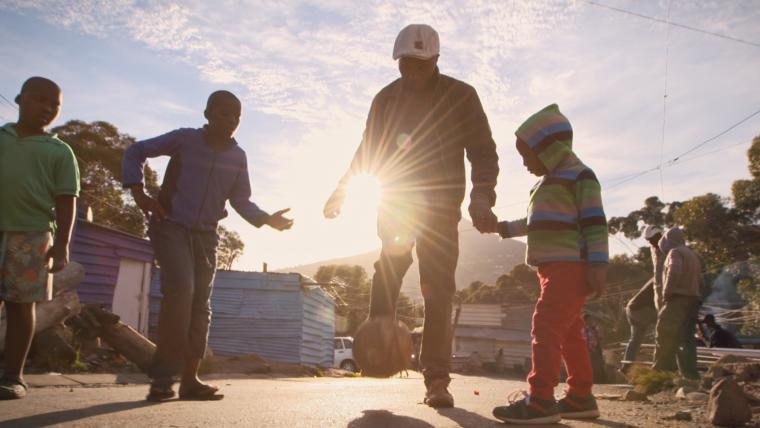
Why this scientist plunged head first into the unknown
It was a lonely road for Zoleka Filander. When she decided to follow her passion and become a marine biologist, her family didn’t understand her choice at first. To her grandparents who raised her, the sea was a sacred and spiritual place. “In their eyes, my career was a form of disturbance and disrespect,” she says. Despite this, Filander pushed on and made her way to the coast. Arriving in Cape Town, she was faced with the unknown. She couldn’t even swim. But Filander believed she was greater than her limitations. With a clear mind, she dove into a new world.
After completing her Masters in Marine Biology, Filander began working as an offshore scientist. But the largely white and male scientific community wasn’t very welcoming to a black woman. Filander knew she had to work even harder to claim her place. Within a year of learning to swim, she achieved her diving licence, and soon after embarked on a journey to explore uncharted depths. As the chief researcher on a three-year long project, Filander was influential in documenting the Cape Canyon, a large submarine canyon off South Africa’s west coast. Her team were the first people ever to see the underwater valley. Since then Filander has discovered five possible new coral species.
This year, she was named one of the Mail & Guardian’s 200 Young South Africans not only for her contribution to marine science, but for leading the way for other black women to enter the field. When she’s not at sea, Filander is pursuing her doctorate or helping children access science education. “My journey has just begun and I look forward to teaching more people about the marine world,” she says. While Filander had to fight her way to success, her struggles have paved the way for more South Africans to take a risk and dive.






























Please sign in to leave a comment